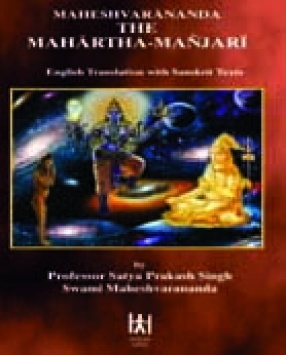
Satya Prakash Singh

Showing all 14 books

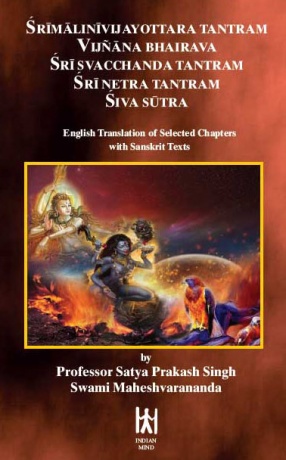
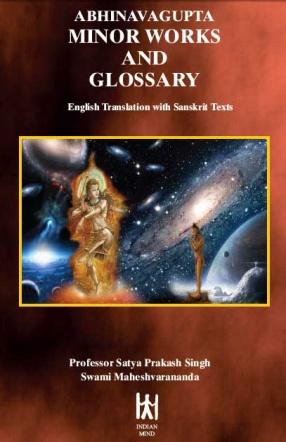
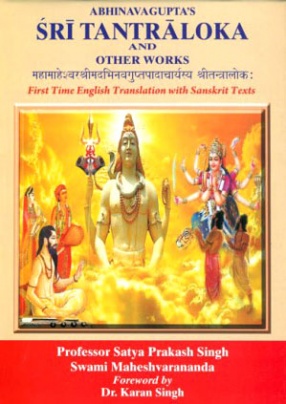

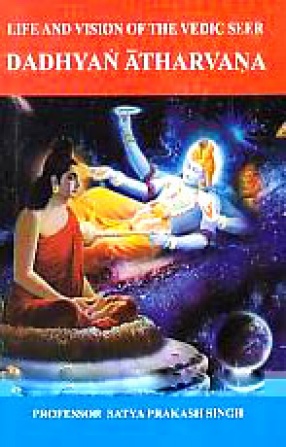
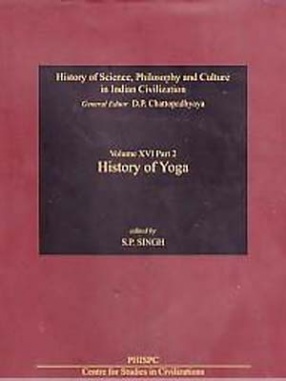
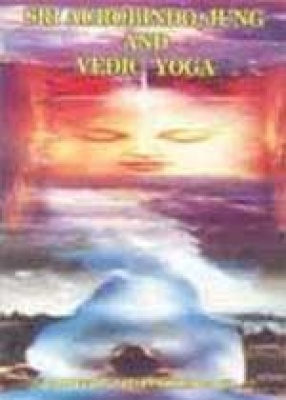


This has been revealed by the author at the end of the work by way of acknowledgement of his indebtedness to an accomplished yogini appearing suddenly before him following her performance of worship of his deity, namely, Parama Siva or Bhairava with patched cloth on her body, trident and skull in her hands.
Maheshvarananda, a full accomplished yogin of the class of Kashmir Saivism seems to have been initially initiated by Yogini Keyurvati who herself was the ...

This book is an asset for practitioners as it contains varieties of meditation methods whether be it on touch, taste, smell, sound, fie tattvas, senses, etc. Whether method one may employ, ultimately one reaches to one's reality, i.e. integral consciousness which is the Ultimate Reality called by various names in the timeline of Yoga such as Indra, Yama, Brahman, Siva, etc.

This is an English translation of thirteen minor works of Abhinavagupta (950 - 1050 A.D.) as well contains as exhaustive glossary of Technical words of Tryambakam system now known as Kashmir Saivism.
The translated minor works of Abhinavagupta are : (1) Paramarthasa - Essence of the Supreme state of Being, (2) Dehastha-Devata Chakra Storam - Hymn to the human Body as a Temple of Divinities. (3) Pancasloka Stotra - Five verses on the glory of Siva. (4) ...

Tantraloka means light on Tantra - the magnum opus of Abhinavagupta (950-1050 A.D.). Literally Tantra means thread and happens to have been used in one of the earliest usage in the Rgveda (X.53.6) itself in such a deep sense as understanding binding the entire reality together in a single fold of comprehension so beneficial as to transform the human nature of all its baser kind of tendency into the most idealistic form which is known as the divine.
This Volume ...
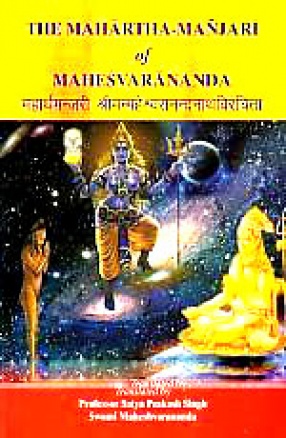



The volumes of the Project on the History of Science, Philosophy and Culture in Indian Civilization aim at discovering the main aspects of India's heritage and present them in an interrelated way. In spite of their unitary look, these volumes recognize the difference between the areas of material civilization and those of ideational culture. The project is not being executed by single group of thinkers and writers who are methodologically uniform or ...

This volume discusses the three next steps of Yoga known as Dharana, Dhyana and Samadhi. They represent the crux of the process of Yogic Sadhana. In view of the extreme subtlety of these steps, this volume indicates to the ways and means leading to successful coverage of these steps through relevant texts dealing with this part of the Sadhana. With this end in view, selections have been made from such Yogic texts bearing as the Upanisads, Bhagavadgita, ...
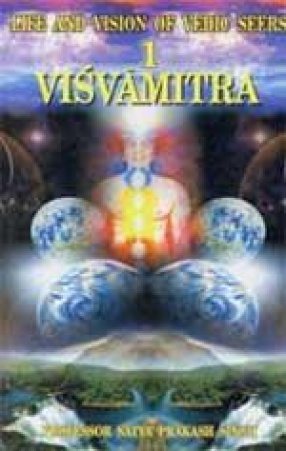
Life and Vision of vedic Seers is a series aiming at reconstructing lives and thought contents of prominent Vedic seers so that they may emerge out in their individual capacities as great contributors to the history of human vision, ideation and understanding. The Series is intended to cover as many seers as possible. This is the first volume of the Series dealing with the life and attainments of Visvamitra, the seer of the sacred Gayatri mantra. It retraces ...

Sri Aurobindo, Jung and Vedic Yoga is a product of the author’s keen study and contemplation extending over four decades. It embodies his deep philosophical insight, keen psychological acumen and profound Vedic scholarship. It is a study in the structure, nature and content of the human psyche approached from three such diverse angles as yogic sadhana, psychological experimentation and Vedic revelation. Placed as they are so distantly in terms of space as the ...
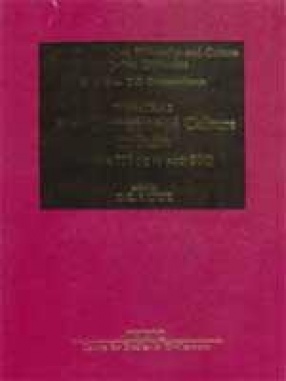
The volumes of the project on the history of science, philosophy and culture in Indian civilization aim at discovering the main aspects of India's heritage and present them in an interrelated way. These volumes, in spite of their unitary look, recognize the difference between the areas of material civilization and those of ideational culture. The project is not being executed by a single group of thinkers and writers who are methodologically uniform or ...
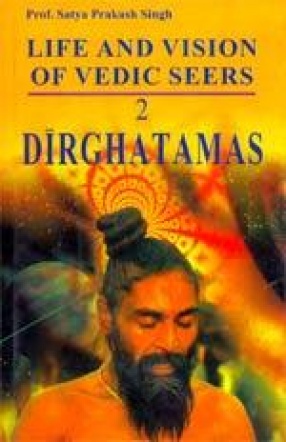
Dirghatamas is the second volume in the series Life and Vision of Vedic Seers intended to cover as many seers as possible. Started with Visvamitra, it is likely to go up to Vamadeva, Atri, Bharadvaja and Vasistha. The present volume concerns the seer of this name who has seen Rgveda 1. 140-164. Dirghatamas is that great seer who has seen that well-known mantra which states that reality is one though spoken of variously by seers. The hymn in which this mantra ...

